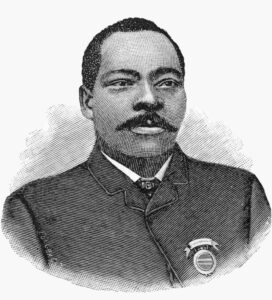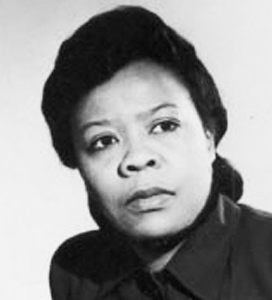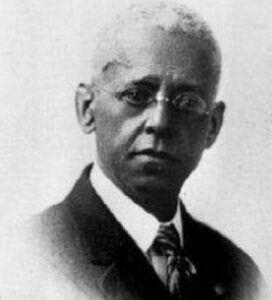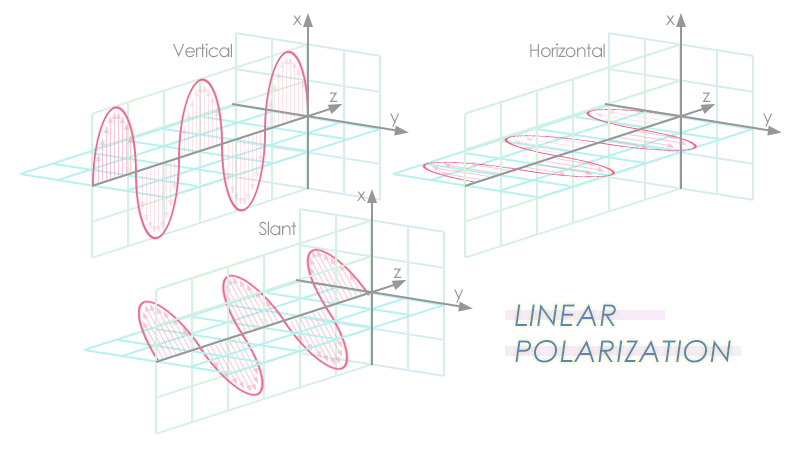
As a minority-owned business, JEM Engineering proudly celebrates Black History Month.
This month, we honor the impactful contributions made by African American engineers have made in STEM and American History. In this issue, we celebrate Granville Woods, Marie Van Brittan Brown, and Lewis Latimer by highlighting some of their many achievements.

Granville Woods
1856-1910
Woods was the first African American mechanical and electrical engineer after the Civil War. He held over 60 U.S. patents, including the steam boiler furnace, the automatic break, the safety dimmer and the egg incubator. Additionally, Woods improved numerous inventions, including the safety circuit, telegraph, telephone, and phonograph.
Marie Van Brittan Brown
1922-1999
Together with her husband, Albert, Brown invented the first closed-circuit television security system in 1966. This invention included a radio-controlled wireless system that could stream the video to any television in the house. Along with the video system, the Browns created a two-way microphone system that would allow for communication between the residents and the person at the door. Additionally, Marie created a system to unlock the door remotely. Her invention is the predecessor to the modern-day security systems, used in both residential and commercial spaces.


Lewis Latimer
1848-1928
Latimer was the patent draftsman for several inventions, including the incandescent light bulb. Patented the “Process of Manufacturing Carbons”, an improved method for the production of carbon filaments for lightbulb. He also developed a forerunner of the air conditioner called “Apparatus for cooling and disinfecting.” Latimer was the first African American to join the Edison Pioneers.
Latest Posts

Intro to Antenna Polarization
The polarization of an antenna is loosely defined as the direction of the electromagnetic fields produced by the antenna as energy radiates away from it.

Microstrip Antennas: The Basics
Microstrip antennas were patented in 1955, although their origins trace back to 1953. They became more commonplace in the 1970s.

Frequency Bands & Applications
The textbook definition of a frequency band is an interval in the frequency domain, delimited by a lower frequency and upper frequency. The International Telecommunication Union has assigned designations to these intervals.
